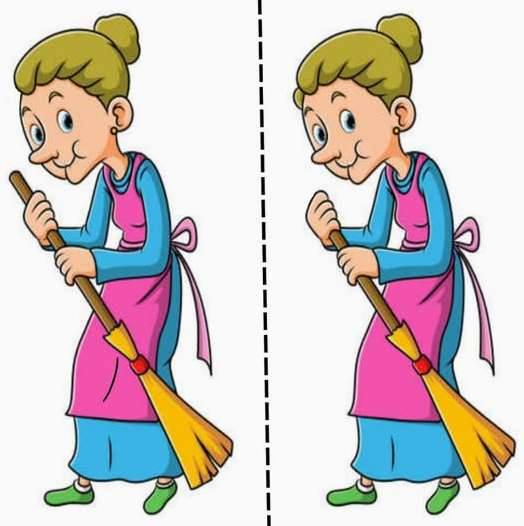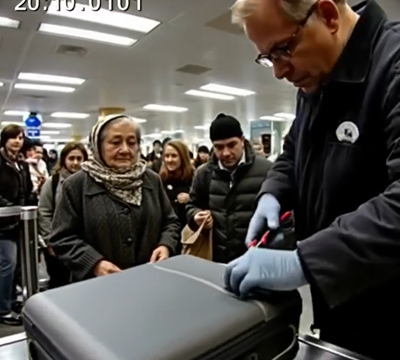Every now and then, it’s fun to step away from the hustle and bustle of daily life and challenge our brains in a lighthearted, engaging way. Today is the perfect opportunity to do just that with a classic spot-the-difference puzzle—a timeless game that brings out the competitive spirit in both kids and adults alike.

Whether you’re enjoying a quiet morning coffee, gathering with family, or taking a break at work, this visual challenge is sure to test your observation skills and keep you entertained. The goal is simple but deceptively tricky: examine two seemingly identical images and try to find the three subtle differences between them. At first glance, the pictures may look exactly the same, but upon closer inspection, you’ll start to notice small variations that set them apart. This kind of puzzle isn’t just about fun—it also sharpens your attention to detail, improves focus, and gives your brain a gentle workout. Studies have shown that brain teasers like these can help improve memory, visual perception, and even reduce mental fatigue when used regularly.
So, if you’re up for the challenge, take a good look at the two images and see how long it takes you to find all three differences. Maybe you’ll spot them right away, or maybe you’ll need to scan every inch of the photos multiple times. Either way, it’s all part of the fun. Don’t be discouraged if you can’t find them immediately—some differences are deliberately subtle, meant to test even the sharpest of eyes. You might find yourself squinting, zooming in, or even asking a friend for help. Sometimes a second set of eyes is all it takes to catch what you missed. If you’re playing with others, turn it into a friendly competition—who can find all the differences first?
The fun multiplies when you involve friends and family, making it not just a brain game, but a shared experience full of laughter and “aha!” moments. Spot-the-difference puzzles also make for great screen-free activities for kids, encouraging them to use their minds in creative and focused ways. It teaches them patience, concentration, and the value of paying attention to detail—skills that benefit them in both school and life. Now, as you stare at the two images side-by-side, keep an eye out for common changes: maybe a missing item, a color shift, a reversed shape, or something as tiny as a line that wasn’t there before.
These little tweaks are where the creators of these puzzles get creative, sneaking in changes that seem invisible at first glance but become glaringly obvious once you spot them. Some of the most common types of differences include an object being slightly larger or smaller, an added accessory, something missing altogether, or a pattern that’s been subtly altered. It’s these sneaky little edits that keep your brain guessing and make spotting all three differences such a satisfying achievement. Once you’ve found them, there’s a unique sense of accomplishment that comes with it—you outsmarted the puzzle, exercised your brain, and had fun doing it. Whether it took you five seconds or five minutes, you engaged your mind and gave yourself a moment to be present and focused. So, how did you do? Were you able to find all three differences without peeking at the answer?

Did you beat your friends or family to the finish line? No matter the outcome, remember it’s not about being the fastest—it’s about enjoying the process and giving your brain a playful workout. And if you loved this challenge, don’t stop here. There are plenty more spot-the-difference puzzles out there waiting for you to solve. They come in all themes—from animals and landscapes to cartoons and real-life scenes—and each one offers a new and exciting test for your eyes and mind. Keep challenging yourself, keep having fun, and don’t forget to share the puzzle with others who love a good visual challenge. After all, the more the merrier when it comes to brain-teasing fun.





